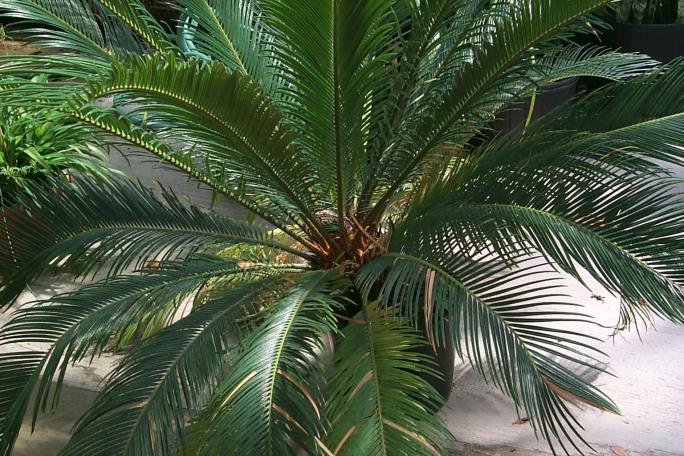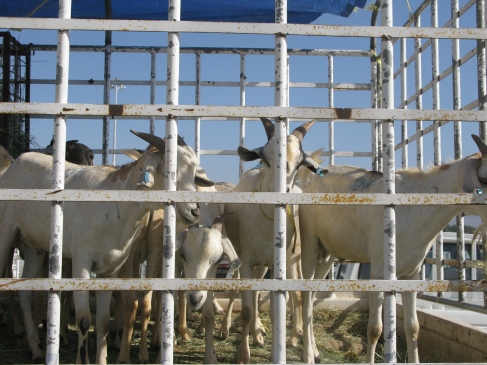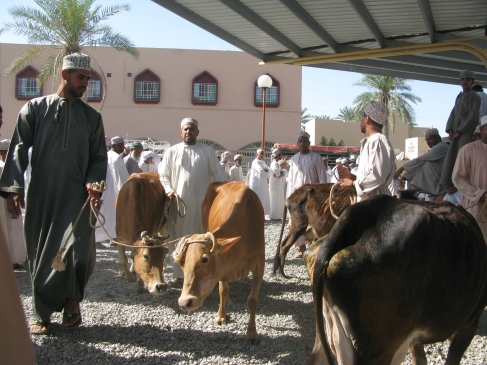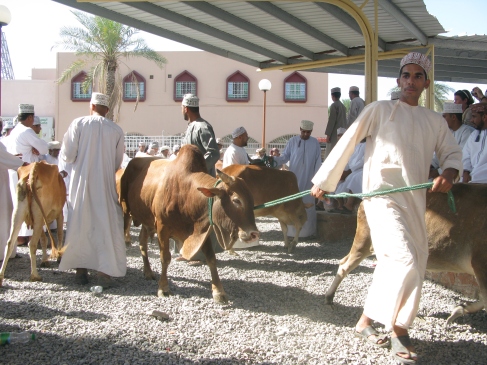 Have you ever noticed how some things emerge, seemingly from nowhere, to capture the zeitgeist, representing for a very brief moment, the very acme of “now”? Last year’s craze for all things “pop-up” is a case in point. For a brief period it was difficult to leave the house without being subjected to pop-up cinemas, pop-up restaurants and pop-up boutiques. Even this newspaper ran an issue entitled “Pop-up Abu Dhabi”.
Have you ever noticed how some things emerge, seemingly from nowhere, to capture the zeitgeist, representing for a very brief moment, the very acme of “now”? Last year’s craze for all things “pop-up” is a case in point. For a brief period it was difficult to leave the house without being subjected to pop-up cinemas, pop-up restaurants and pop-up boutiques. Even this newspaper ran an issue entitled “Pop-up Abu Dhabi”.
Such trends normally bubble up from the world of music and youth culture or trickle down from the gallery and catwalk, but not since the 18th century has a similarly contemporary and fashionable impulse emerged from the world of gardening and plants. With vertical gardens, however, that might all be about to change.
All of this would be of little more than academic interest if it were not for the fact that prefabricated, off-the-peg “green” or living wall systems are now being manufactured that allow the installation of more modestly sized vertical gardens in the home, office or classroom.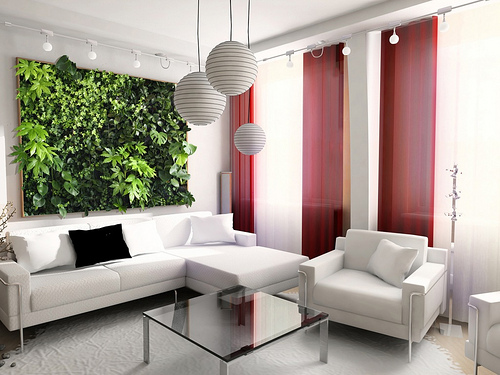 Many of these systems come from Canada, the country that has more living walls than any other, and most are used inside buildings, where they are sheltered from the harsh conditions of the North American winter. As well as bringing nature indoors, there are practical reasons for installing large-scale living walls. Externally, they provide food and habitat for wildlife, help to lower urban temperatures, protect building facades, and can even be used to teach children about gardening and growing food. Indoors, living walls can help combat sick-building syndrome and, when connected to fans that pull air up through the blanket of vegetation, can clean, cool and refresh the air, something that’s particularly useful in spaces such as atria that are prone to stale, dry air and overheating.
Many of these systems come from Canada, the country that has more living walls than any other, and most are used inside buildings, where they are sheltered from the harsh conditions of the North American winter. As well as bringing nature indoors, there are practical reasons for installing large-scale living walls. Externally, they provide food and habitat for wildlife, help to lower urban temperatures, protect building facades, and can even be used to teach children about gardening and growing food. Indoors, living walls can help combat sick-building syndrome and, when connected to fans that pull air up through the blanket of vegetation, can clean, cool and refresh the air, something that’s particularly useful in spaces such as atria that are prone to stale, dry air and overheating.
On a recent visit to London I was delighted to see some wonderful vertical gardens in commercial buildings, shopping centres and even in small cafe courtyards. Even more surprising was the planting used on a temporary construction hoarding directly opposite Buckingham Palace; planted with a cascading mixture of plants that included helixine (Soleirolia soleirolii), lily turf (Liriope muscari) and alumroot (Heuchera micrantha), all well-suited to the English climate. Though temporary, the garden has been designed to last for at least three years, but unlike Blanc’s work, it shows none of the dynamic, painterly qualities that can be achieved in vertical gardens by someone who really understands how plants will behave in this most unusual, vertical alignment.
Unfortunately, this is also the case for the vast majority of vertical gardens that are starting to appear; smaller examples in particular look set to join the lava lamp in that category of interior decoration designated “novelty”.
 Often under-planted with spiky, tropical plants that are designed to look contemporary and “edgy”, these doormat-sized units have none of the environmental benefits of their larger cousins and all the aesthetic merit of a fibre-optic table decoration.
Often under-planted with spiky, tropical plants that are designed to look contemporary and “edgy”, these doormat-sized units have none of the environmental benefits of their larger cousins and all the aesthetic merit of a fibre-optic table decoration.
Even when living walls are big enough and a suitable selection of plants is used, they still offer one of the most unforgiving canvases for planting design – all of those mistakes that can normally be covered up in a horizontal planting bed are exposed for all to see.
So unless you have 1,000 square metres to spare, I’d use my plants to grow up rather than “pop-up” by avoiding the novelty living wall and investing in some naturally climbing and cascading plants instead.
A version of this article originally appeared in The National, Abu Dhabi




